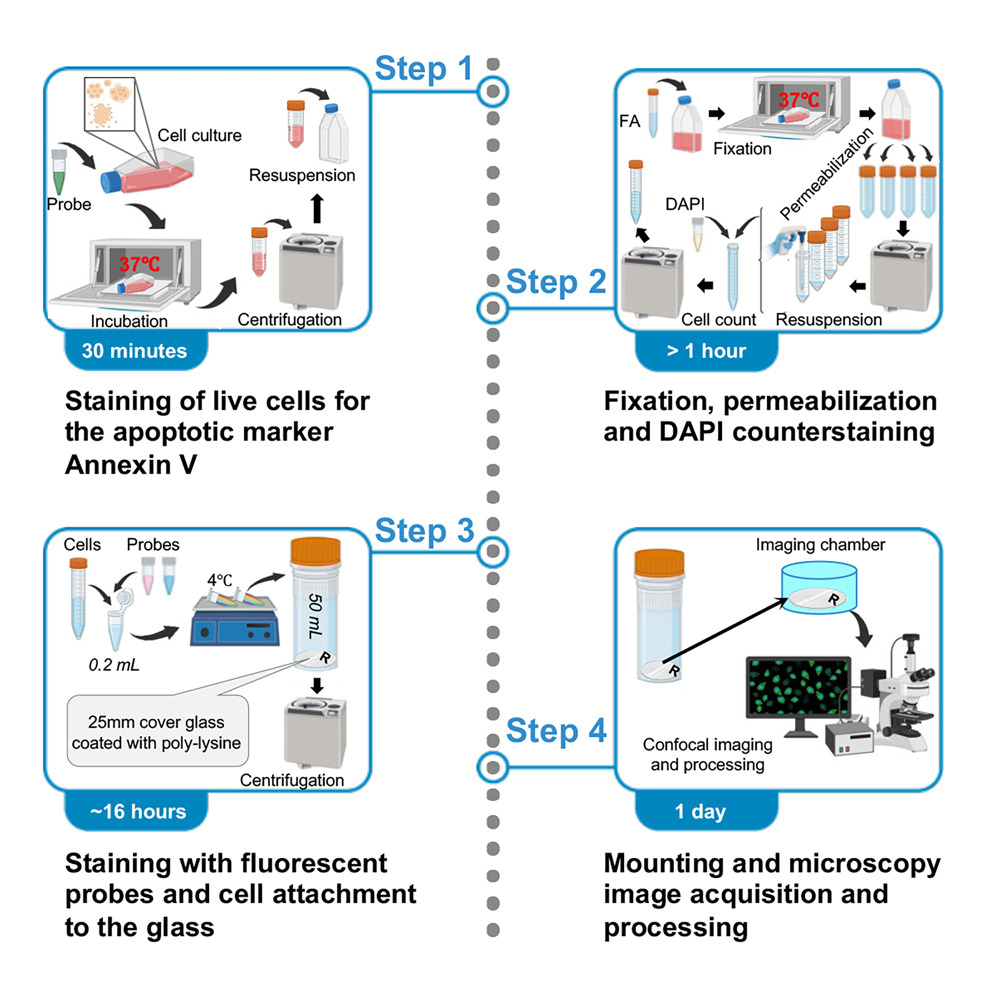Content #1
Content #1
Content #1
It is critical to observe biological factors in greater contexts, as they are often studied in specific ways which can mask or neglect their interactions with other cellular processes. One case is with the anti-cancer target hRpn13, which is mainly known as a proteasome substrate receptor for cells’ waste disposal system. hRpn13 has additional functions that are not well understood, with its disruption significantly affecting cell function. Reducing hRpn13 by a proteolysis targeting chimera (PROTAC), leads to growth inhibition of various myeloma, leukemia, and ovarian cancer cells. hRpn13 has two main domains: the Pru domain, which binds ubiquitin, and the DEUBAD domain, which interacts with the deubiquitinase UCHL5. These domains help regulate protein degradation and gene expression. Treatments targeting hRpn13 can reduce cell viability and induce apoptosis without affecting its interaction with the proteasome or ubiquitin, leading to correlated proteomic and transcriptomic changes which affect cytoskeletal and immune response proteins. By studying the loss of hRpn13 in cancer cells, its extensive changes towards protein breakdown and gene expression can be analyzed for deeper understanding of immune responses and gene regulation.
In a 2023 publication in Molecular Cell, Osei-Amponsa et al. discovered that deletion of hRpn13 definitively leads to widespread proteomic changes beyond its proteasomal function. The authors also performed cell morphology studies using CF®488A labeled Annexin V and a Mix-n-Stain™ Antibody Labeling Kit to label anti-β-tubulin antibodies with CF®568. Biotium’s Drop-n-Stain EverBrite™ Mounting Medium was also used to mount samples prior to imaging.
The authors demonstrate depletion of hRpn13 by a PROTAC in RPMI 8226 cells also depleted PADI4, histone deacetylase HDAC8, and DNA methyltransferase MGMT. Membrane blebbing in myeloma cells also results from the loss of the hRpn13 Pru domain, confirming that removing hRpn13 has key roles in cytoskeletal regulation. hRpn13 reintroduction can partially restore protein levels but not for all affected proteins. The authors also show loss of hRPN13 reduces nuclear factor kB (NF-kB) transcription factor p50 indicating transcriptional regulatory mechanisms. Thus, hRpn13’s role is crucial beyond proteasomal function, generating a wider lens towards observing the influence of other cellular processes and transcriptional regulation for cancer treatment.
In June 2024, the authors also published a detailed procedure in STAR Protocols for immunofluorescence staining of semi-adherent RPMI 8226 multiple myeloma cells. The protocol references Biotium’s Mix-n-Stain™ Antibody Labeling Kits and labeling procedure for conjugating antibodies.

Learn more about Biotium’s high-performance Mix-n-Stain™ Antibody Labeling Kits, featuring a patented buffer system for optimal labeling efficiency with bright and photostable CF® Dyes. Also learn more about our revolutionary EverBrite™ Mounting Medium, formulated for preserving fluorescence of our CF® Dyes and other fluorochromes.
Citations
Osei-Amponsa et al. (2023). hRpn13 shapes the proteome and transcriptome through epigenetic factors HDAC8, PADI4, and transcription factor NF-κB p50. Molecular Cell 84, 522–537. https://doi.org/10.1016/j.molcel.2023.11.035.
Osei-Amponsa et al. (2024). Protocol for cytoskeleton staining of the semi-adherent multiple myeloma cell line RPMI 8226 by immunofluorescence. STAR Protocols 5 (2). https://doi.org/10.1016/j.xpro.2024.103060.